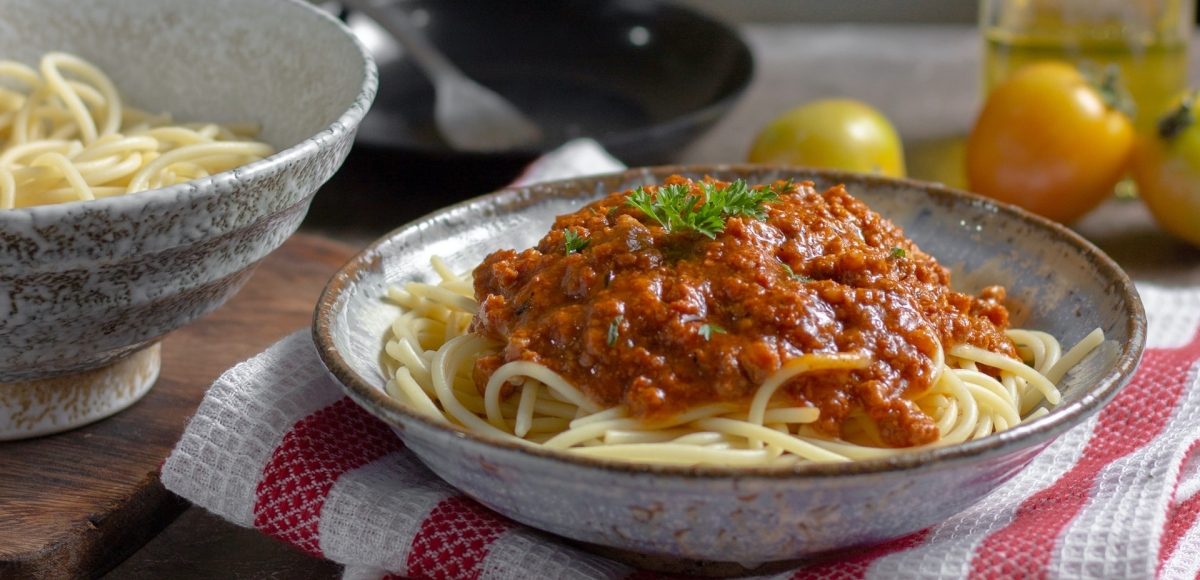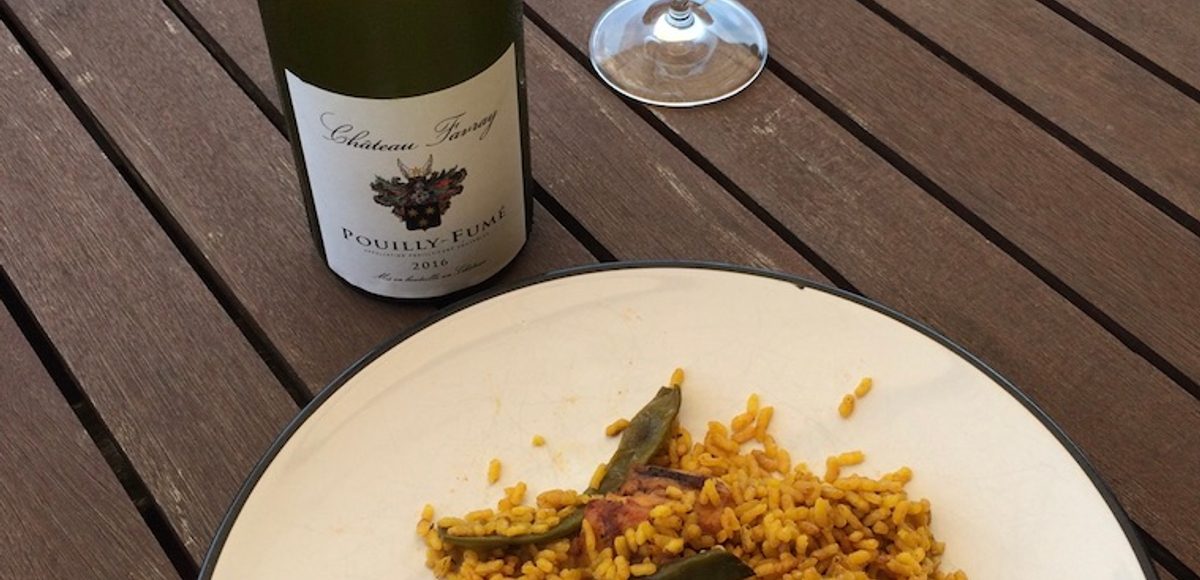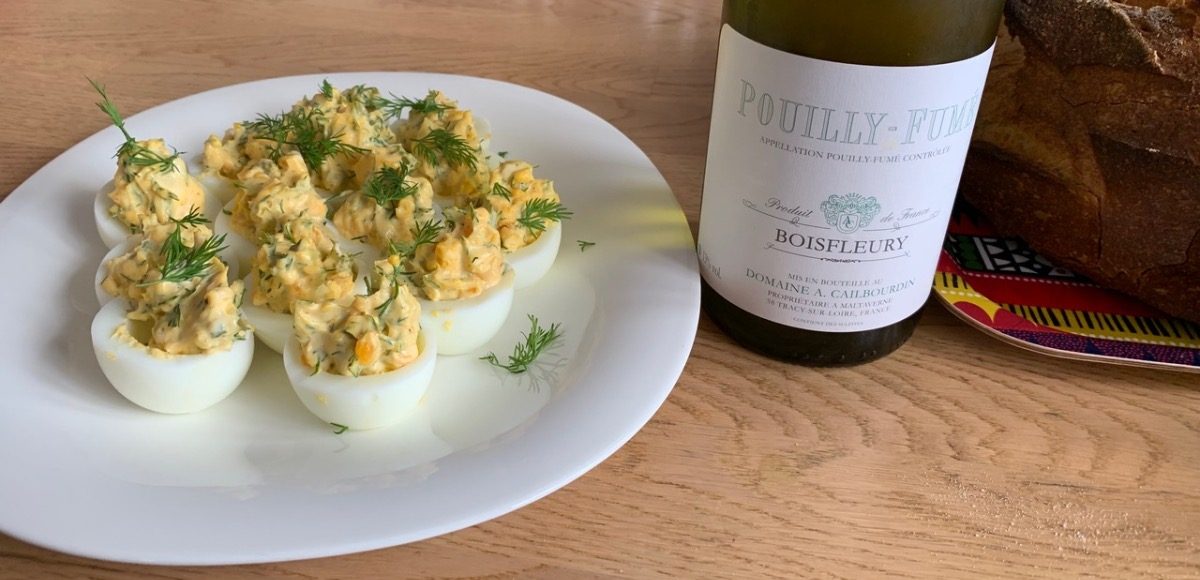Most food and wine rules are based on half truths rather than scientific evidence. The reality is that most wine can be drunk with most food. The worst that can happen is that the wine will not taste quite as good. Personal preferences are more important than rules.
Firstly, let us look at how we taste. We are able to sense five primary flavours: sweetness, salt, sourness/acidity, savouriness (umami) and bitterness. The combinations of food we eat have elements of some or all of these flavours. A curious fact, which well known product possesses all of these flavours? The answer is at the end of this article.
Matching intensity of flavours is key so that one element does not overwhelm another. Contrasting flavours with a similar intensity can work well, for example a sweet wine with a strong blue cheese.
When choosing a wine to accompany a particular dish consider which of the five primary flavours are most dominant knowing that some of them will enhance the flavours of the wine and others will reduce the flavours.
Salt, for example is wine friendly. In the same way that salt brings out the flavour in food, a salty dish will make the wine taste less bitter, smoother and more fruity. If you are drinking a more full bodied red, the salt will make the dry tannins taste softer.
Acidity in food make wine taste less acidic and more fruity. It is important that the natural acidity in the wine should be higher than the acidity in the food. A simple exercise that I use in my wine school to demonstrate this is to taste a wine, then suck a piece of lemon, retaste the wine and notice the difference.
One note of caution, if a dish is too salty or too acidic it will make the wine taste unpleasant.
Dishes that are more complicated to combine with are those that are sweeter. Sweetness in food makes wine taste more acidic, less fruity and more bitter. Quite often at weddings Cava Brut or Champagne is served with the cake. On your palate this is like scratching your nails on a blackboard. It is important to match sweetness of the food with the sweetness in a wine.
Dishes that are high in oils and fats block flavours in the wine so it is best to choose a wine that has more acidity to cut through the fat. The wine will taste less acidic and you will notice more of the flavours. Think of an Albariño, which is naturally high in acidity, this style of wine works well with fatty food.
Savoury foods, those that are high in Umami, such as jamon serrano or mature hard cheese have the effect of making a wine taste drier, more bitter and more tannic. So avoid full bodied tannic wines.
I suggest that you don’t always repeat the same combinations, try different wines with different dishes and find which combinations work best for you.
Finally, the food product that contains all five primary flavours….. Heinz Tomato Ketchup.










